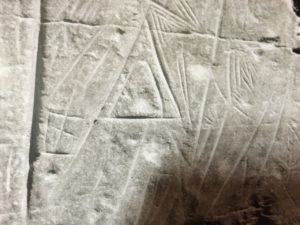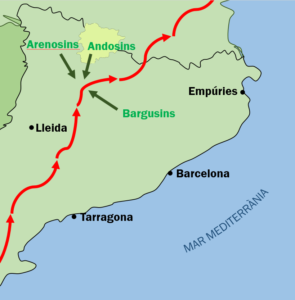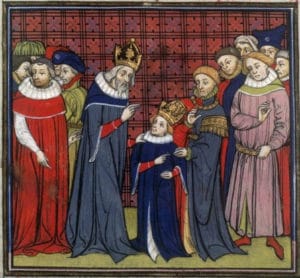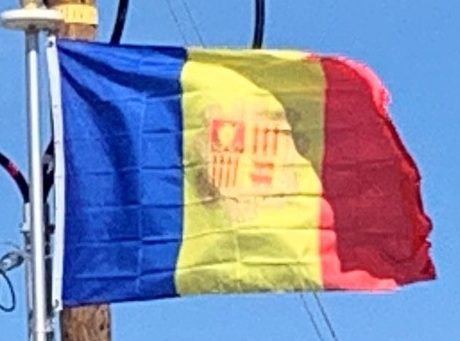During the Neolithic Age, a group of people moved to the Valley of Madriu (nowadays Natural Parc located in Escaldes-Engordany declared UNESCO World Heritage Site) as a permanent camp in 6640 BC. The population of the valley grew cereals, raised domestic livestock, and developed a commercial trade with people from the Segre and Occitania.
Other archaeological deposits include the Tombs of Segudet (Ordino) and Feixa del Moro (Sant Julia de Loria) both dated in 4900–4300 BC as an example of the Urn culture in Andorra. The model of small settlements began to evolve to a complex urbanism during the Bronze Age. Metallurgical items of iron, ancient coins, and reliquaries can be found in the ancient sanctuaries scattered around the country.

The sanctuary of Roc de les Bruixes (Stone of the Witches) is perhaps the most important archaeological complex of this age in Andorra, located in the parish of Canillo, about the rituals of funerals, ancient scripture and engraved stone murals.
The Iberian and Roman Andorra:
The inhabitants of the valleys were traditionally associated with the Iberians and historically located in Andorra as the Iberian tribe Andosins or Andosini (Ἀνδοσίνους) during the 7th and 2nd centuries BC. Influenced by Aquitanias, Basque and Iberian languages, the locals developed some current toponyms. Early writings and documents relating to this group of people goes back to the second century BC by the Greek writer Polybius in his Histories during the Punic Wars.

Some of the most significant remains of this era are the Castle of the Roc d’Enclar (part of the early Marca Hispanica), l’Anxiu in Les Escaldes and Roc de L’Oral in Encamp. The presence of Roman influence is recorded from the 2nd century BC to the 5th century AD. The places found with more Roman presence are in Camp Vermell (Red Field) in Sant Julia de Loria, and in some places in Encamp, as well as in the Roc d’Enclar. People continued trading, mainly with wine and cereals, with the Roman cities of Urgellet (nowaday La Seu d’Urgell) and all across Segre through the Via Romana Strata Ceretana (also known as Strata Confluetana).
The Visigoths and Carolingians: the Legend of Charlemagne:
After the fall of the Roman Empire, Andorra came under the influence of the Visigoths, not remotely from the Kingdom of Toledo, but locally from the Diocese of Urgell. The Visigoths remained in the valleys for 200 years, during which time Christianity spread. When the Muslim Empire and its conquest of most of the Iberian Peninsula replaced the ruling Visigoths, Andorra was sheltered from these invaders by the Franks.
Tradition holds that Charles the Great (Charlemagne) granted a charter to the Andorran people for a contingent of five thousand soldiers under the command of Marc Almugaver, in return for fighting against the Moors near Porté-Puymorens (Cerdanya).

Andorra remained part of the Marca Hispanica of the Frankish Empire being part of the territory ruled by the Count of Urgell and eventually by the bishop of the Diocese of Urgell. Also tradition holds that it was guaranteed by the son of Charlemagne, Louis the Pious, writing the Carta de Poblament or a local municipal charter circa 805.
